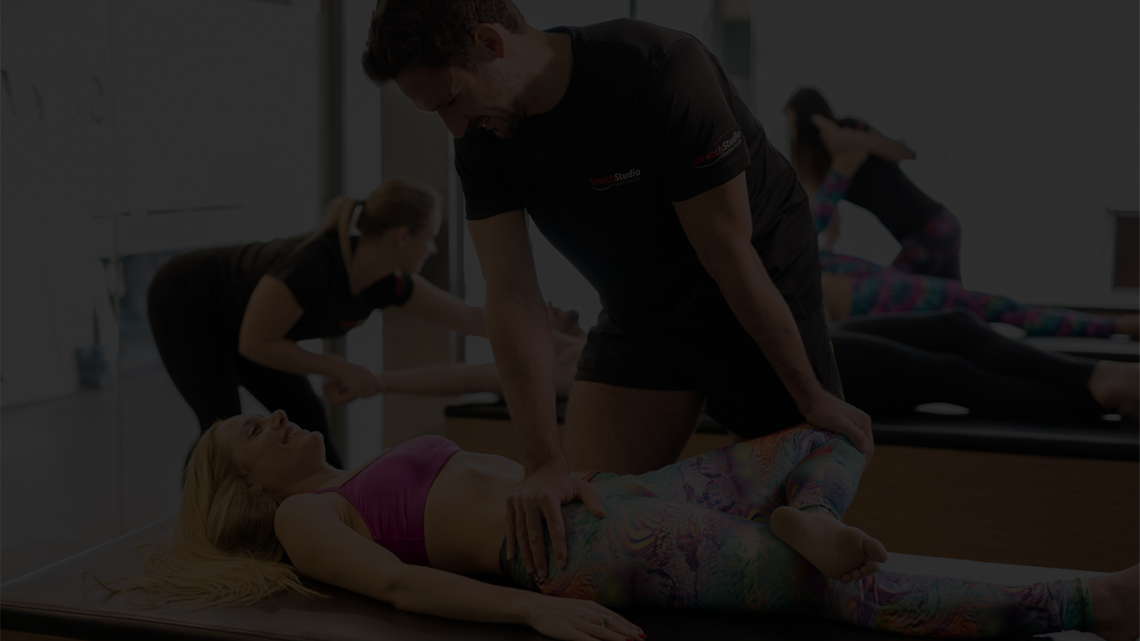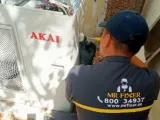
Achieving A Full-Body Stretch With Assisted Methods
August 12, 2024A full-body stretch aims to improve overall flexibility, reduce muscle tension, and improve physical performance. Assisted stretching methods, where a partner or therapist helps guide and support your stretches, can significantly improve your ability to achieve inclusive flexibility. Here’s how to effectively use assisted methods to achieve a full body stretch.
Start with a warm-up:
Before engaging in full-body stretching, a proper warm-up is essential to prepare your muscles and joints for the stretches ahead. A warm-up increases blood flow to the muscles, making them more pliable and reducing the risk of injury. You can start with light aerobic exercises, such as jogging or brisk walking, followed by dynamic stretches to activate the major muscle groups.
Focus on major muscle groups:
For a full-body stretch, target all major muscle groups to ensure balanced flexibility. Assisted stretching techniques can be applied to each muscle group. Begin with the lower body, including the hamstrings, quadriceps, and calves. Your partner can help you perform assisted hamstring stretches by lifting your leg and gently pushing it towards your torso. For the quadriceps, they might help you pull your foot towards your glutes while you lie on your stomach.
Incorporate upper body stretches:
Move on to upper body stretches to address the back, shoulders, and arms. Assisted methods can be particularly beneficial here. For instance, in a seated forward bend, your partner can assist by gently pushing your back to deepen the stretch. For the shoulders, they can help by extending your arm across your chest and gently applying pressure to improve the stretch. During a chest stretch, your partner can gently push your arms back to open up the chest muscles.
Utilize assisted PNF stretching:
Proprioceptive Neuromuscular Facilitation (PNF) stretching is highly effective for achieving deeper flexibility. This method involves stretching a muscle, then contracting it, and finally stretching it again with the help of a partner. For a full-body stretch, incorporate PNF techniques for various muscle groups. For example, during a hip flexor stretch, your partner can assist you in the initial stretch, apply resistance during muscle contraction, and help you deepen the stretch in the final phase.
Maintain proper communication:
Effective communication with your partner is vital for successful assisted stretching. Provide feedback on how the stretches feel and any discomfort you experience. Your partner should adjust the intensity and technique based on your feedback to ensure comfort and effectiveness. Clear communication helps avoid overstretching and reduces the risk of injury.




